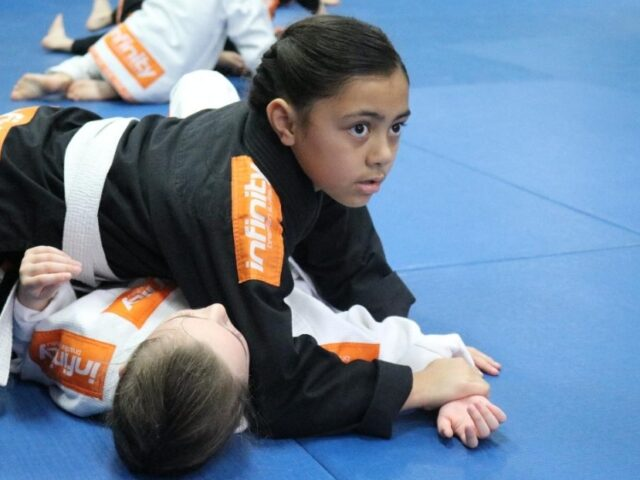From Rio to the Mat: Exploring the Origins of Jiu-Jitsu

Introduction to Jiu-Jitsu
Jiu-jitsu is a form of martial arts that focuses on grappling and ground fighting techniques. Translated from Japanese, jiu-jitsu means “the gentle art”, which refers to using leverage and body mechanics to overcome an opponent rather than striking them. While jiu-jitsu originates in feudal Japan as a self-defence system for samurai, the jiu-jitsu practised widely today has its roots in Brazil.
Brazilian jiu-jitsu, often called BJJ, is a martial art and combat sport adapted from pre–World War II judo and traditional Japanese jiu-jitsu. It promotes the concept that a smaller, weaker person can successfully defend themselves against a bigger, stronger, heavier assailant by using proper technique and leverage and taking the fight to the ground. BJJ training focuses on obtaining a dominant position and using joint locks and chokeholds to defeat opponents.
The Gracie Family Brings Jiu-Jitsu to Brazil
The origins of Brazilian jiu-jitsu can be traced back to Mitsuyo Maeda, a Japanese judo master and prizefighter. Maeda had learned traditional jiu-jitsu in Japan and then later studied judo under its founder, Jigoro Kano. In 1914, Maeda travelled to Brazil and settled in the northern city of Belém. He befriended Gastão Gracie, a businessman who helped Maeda get established there.
To show his gratitude for Gracie’s help, Maeda taught traditional jiu-jitsu techniques to Gastão’s son, Carlos Gracie. Carlos then shared his knowledge with his brothers, most notably Hélio Gracie. Being smaller and frailer than most, Hélio adapted the techniques to rely on leverage over strength, creating what is now known as Brazilian jiu-jitsu.
The Art Spreads from Brazil to the World
For many years, jiu-jitsu was practised almost exclusively in Brazil, taught by the Gracies and a few other experts. In 1925, Carlos Gracie opened an academy in Rio de Janeiro that laid the foundation for BJJ. He issued an open challenge to all comers to fight anyone from his academy. This helped prove the effectiveness of BJJ against practitioners of other martial arts.
In the latter half of the 20th century, Brazilian jiu-jitsu began gaining worldwide popularity as the Gracie family migrated to other countries like the United States. BJJ was brought further into the public eye through the creation of the Ultimate Fighting Championship (UFC) mixed martial arts competition in 1993. In the early years of the UFC, smaller BJJ fighters like Royce Gracie could use their ground fighting skills to defeat much larger opponents.
The Growth of BJJ Gyms and Competition
As Brazilian jiu-jitsu continued establishing itself as a practical martial art, BJJ gyms began popping up worldwide. No longer practised exclusively by the Gracie family in Brazil, BJJ became accessible to people from all backgrounds. These gyms foster tight-knit communities while promoting physical fitness and self-defence skills.
BJJ has developed into an international sport, practised by hundreds of thousands worldwide. Major BJJ competitions like the Pan Jiu-Jitsu Championship and the IBJJF World Championship allow athletes to test their skills against others and advance through belt rankings. Prominent BJJ fighters have also successfully crossed into mixed martial arts promotions like the UFC.
The Journey from Obscurity to Global Phenomenon
In summary, Brazilian jiu-jitsu has undertaken a fantastic journey over the past century, from the obscure teaching of a single family to a massively popular martial art and sport. Its effectiveness in real-world self-defence and competition has been proven repeatedly. While staying true to its roots of leverage and strategy over strength, BJJ continues to evolve by developing new techniques and training methods.
Today, Brazilian jiu-jitsu is practised by people from all walks of life, attracted by its practical self-defence training and tight-knit community environment. BJJ gyms like BJJ Gyms in Springfield Corner can be found in most major cities worldwide, offering instruction in this dynamic martial art. While staying true to its origins of leverage-based techniques, BJJ continues to evolve through competition and cross-training in mixed martial arts. Over a century after Mitsuyo Maeda first brought jiu-jitsu to Brazil, this once obscure art has spread worldwide, empowering countless men and women through its training. Brazilian jiu-jitsu’s journey from the streets of Rio to gyms across the globe is a testament to its technical effectiveness and inclusive community spirit.
